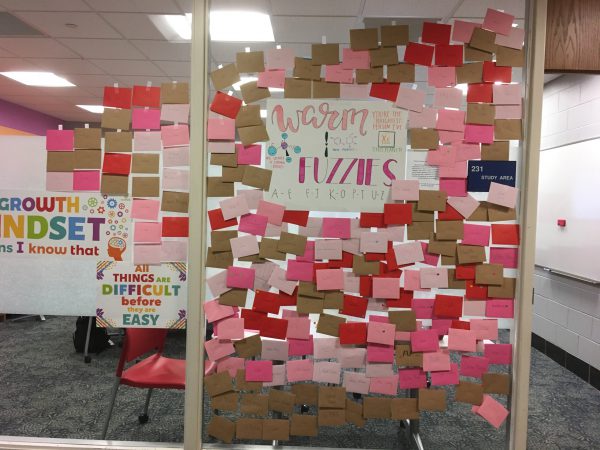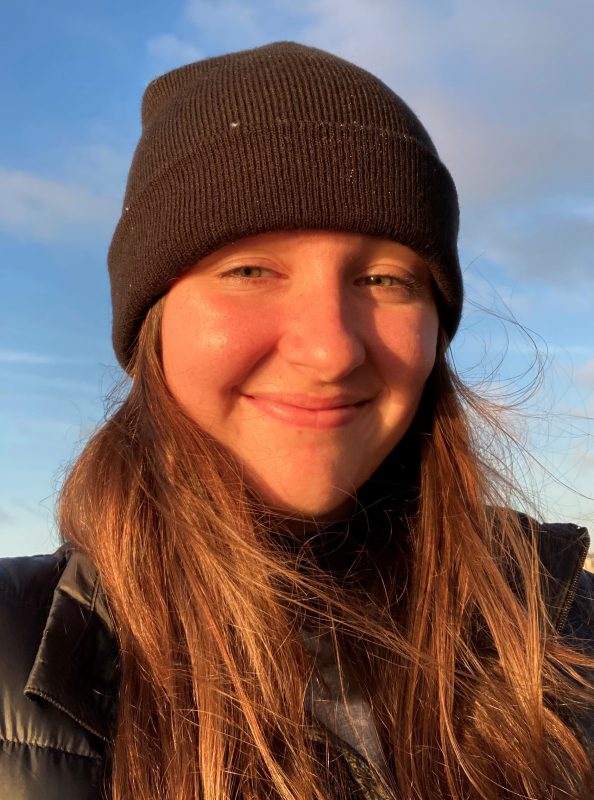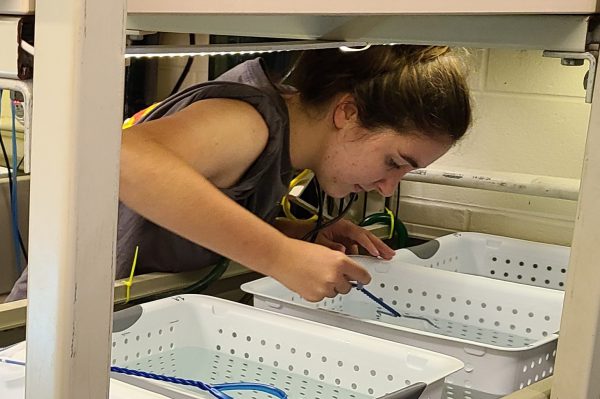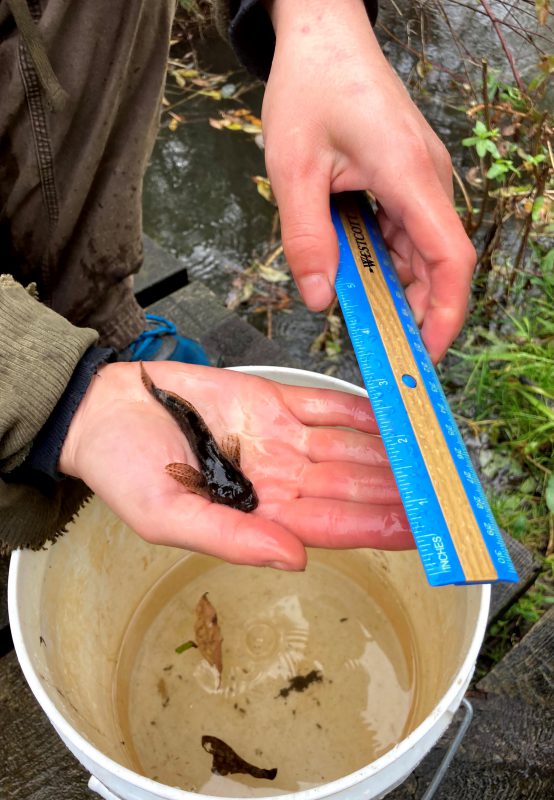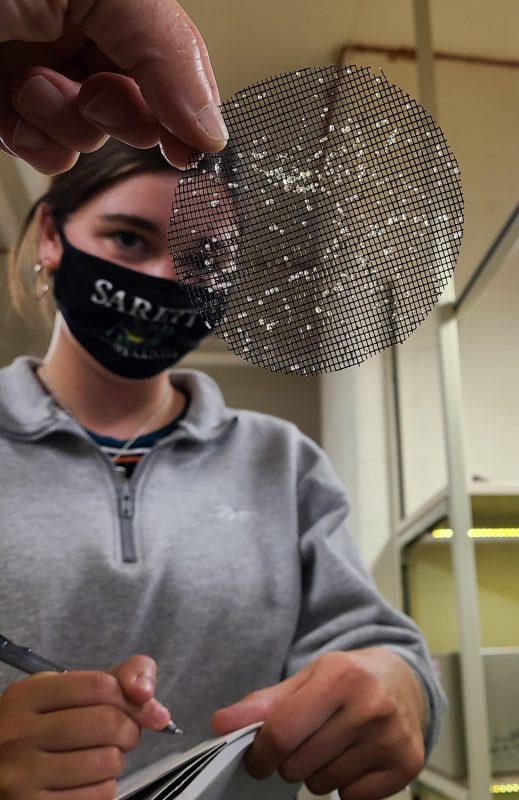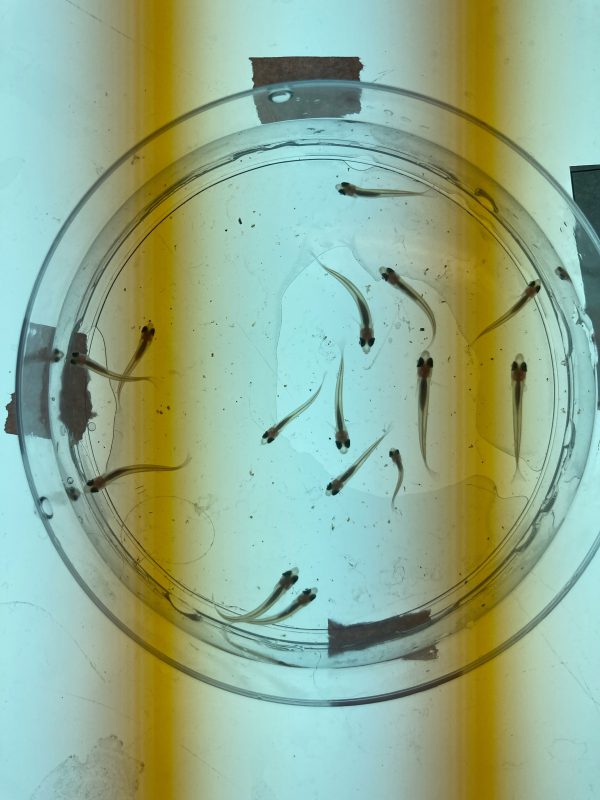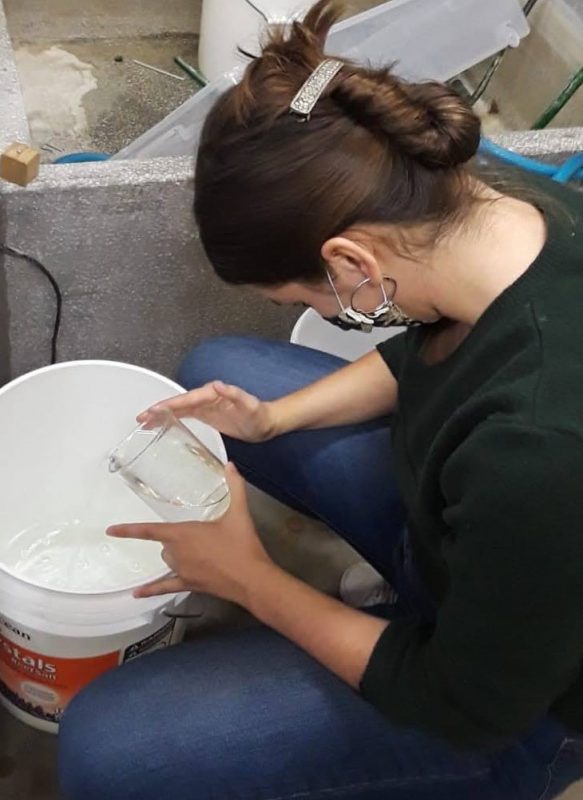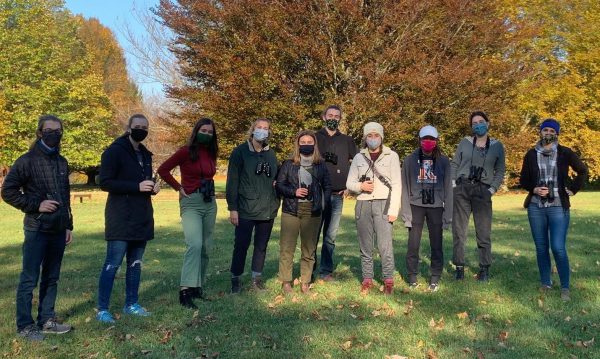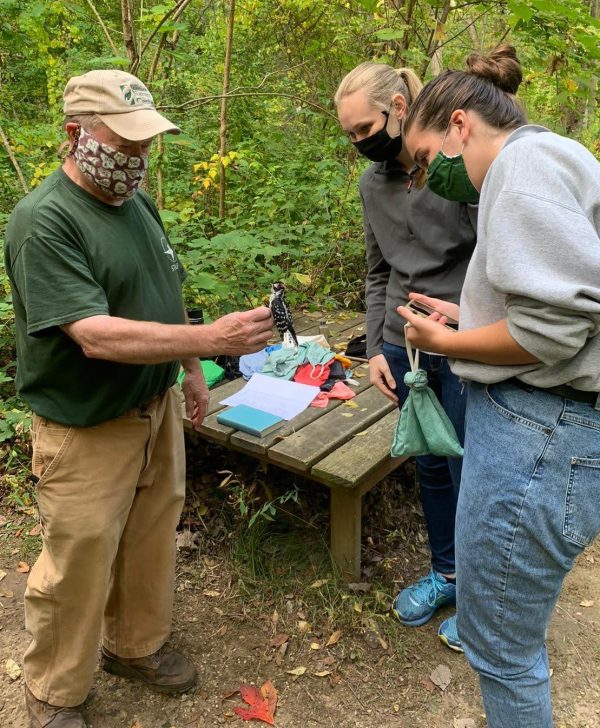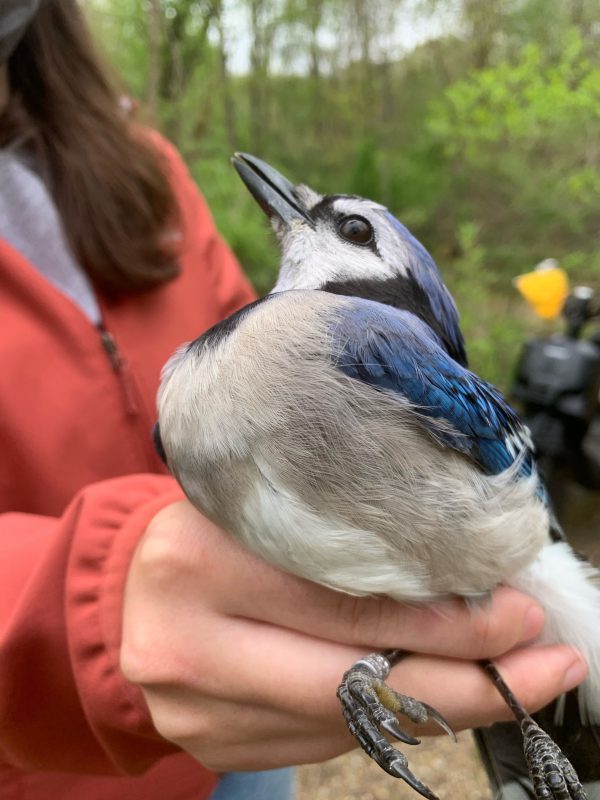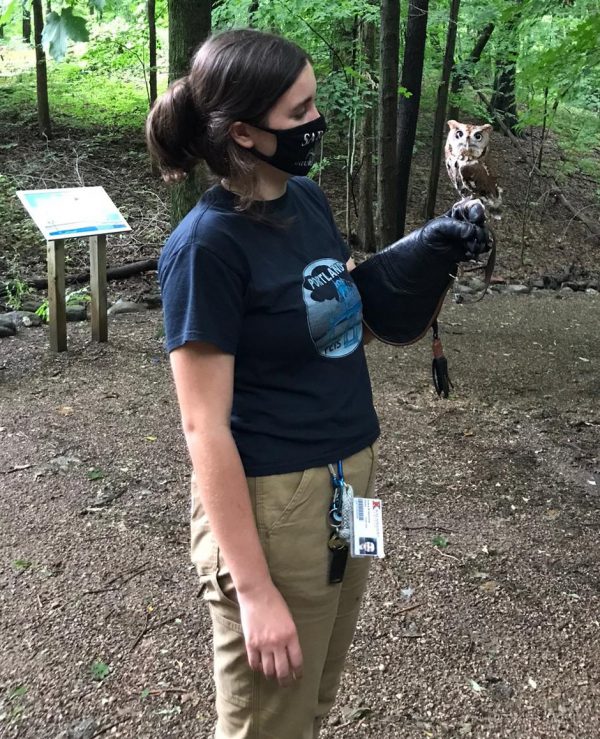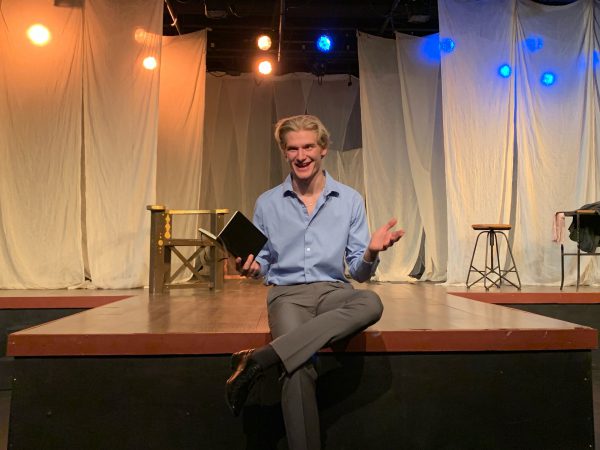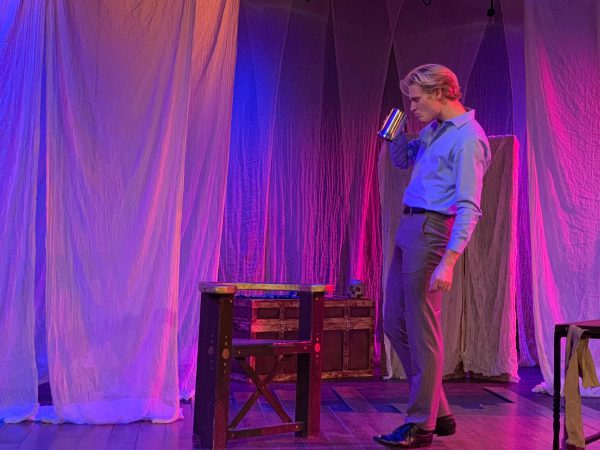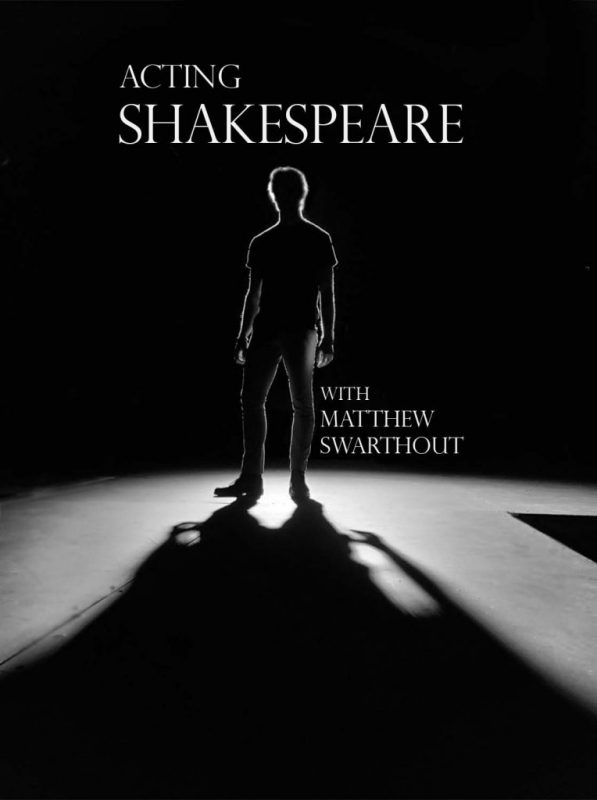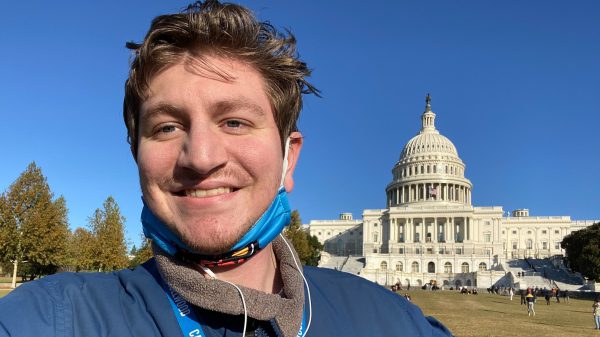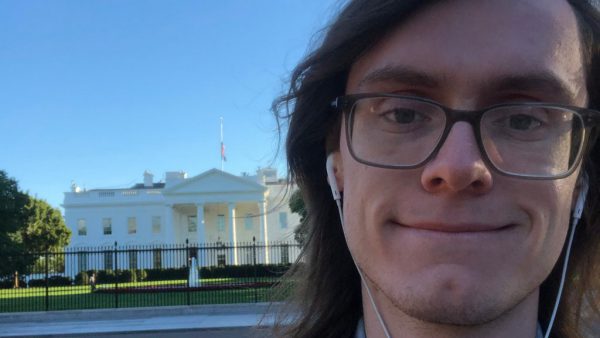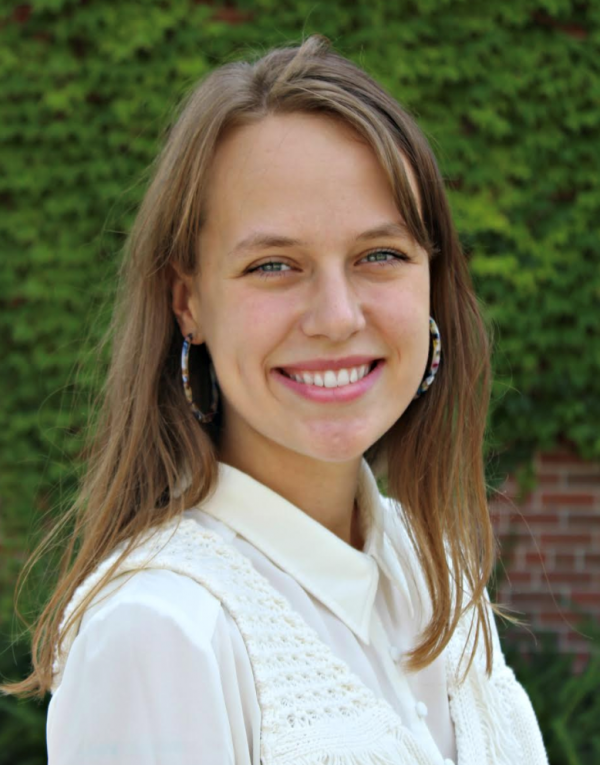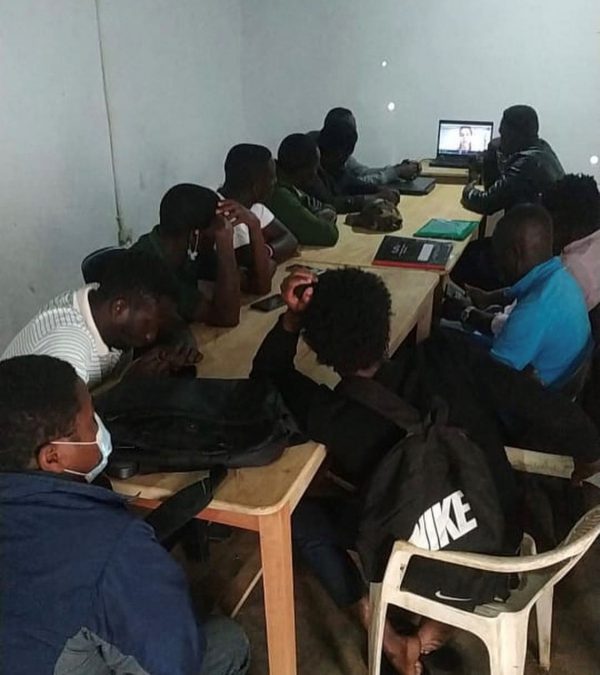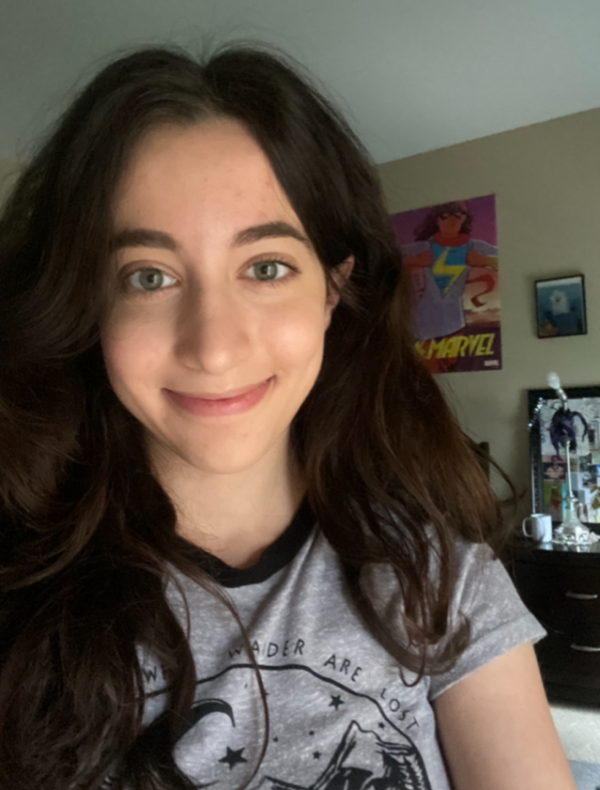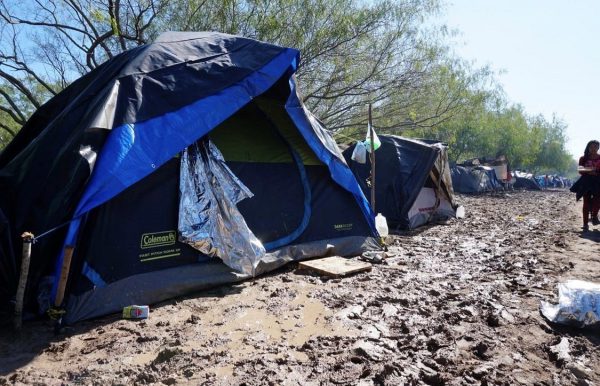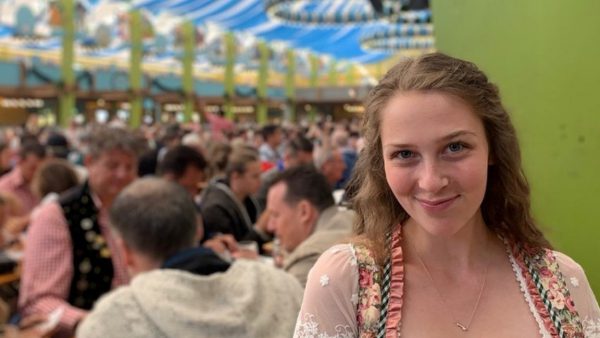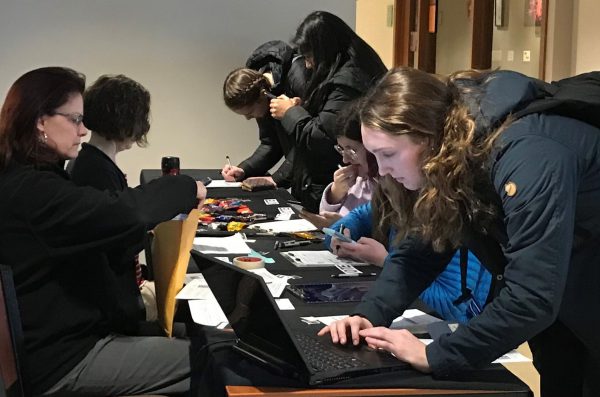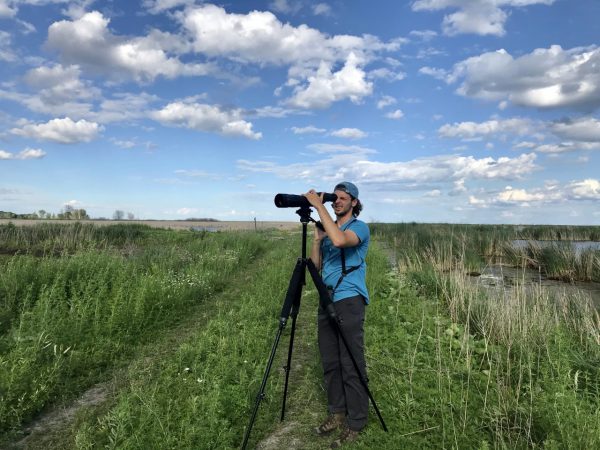
Big Year in birding to the Audubon Society of Kalamazoo at 7:30 p.m.
Monday, February 28.

including a LeConte’s sparrow at Whitefish Point near Paradise while
challenging himself to a Big Year of birding. All photos by Will Keller.
Will Keller ’23 had a Big Year in 2021 and he’s ready to tell the Audubon Society of Kalamazoo about it.
For bird enthusiasts like Keller, a biology and philosophy double major from Kalamazoo, a Big Year is a personal challenge or an informal competition to spot and identify as many bird species as possible within a calendar year in a specific geographic area. Although he’s always had an interest in birding and completed a Big Year with a mentor in 2012, 2021 was the first time he attempted one by himself thanks to his pursuits during the pandemic triggering a desire.
“In the spring of 2020, I was back at my parents’ house, where I had access to a car,” Keller said. “Attending K for me was completely online and asynchronous. Every day, from sunup to sundown, I was driving across the state, and then I would do my classwork at night. I woke up the next day and did the exact same thing. I didn’t even make plans for Saturday, or Friday night for that matter, because I knew I wanted to be up at 7 a.m. and bird until sundown.”
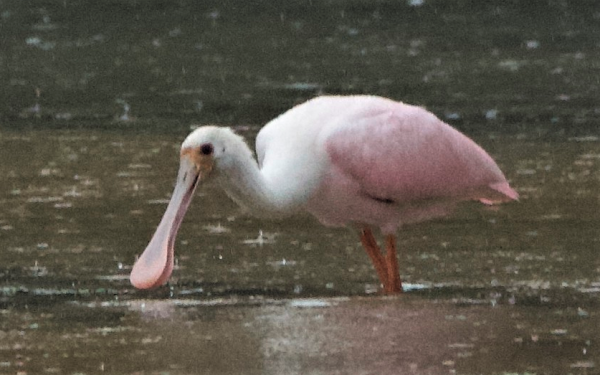
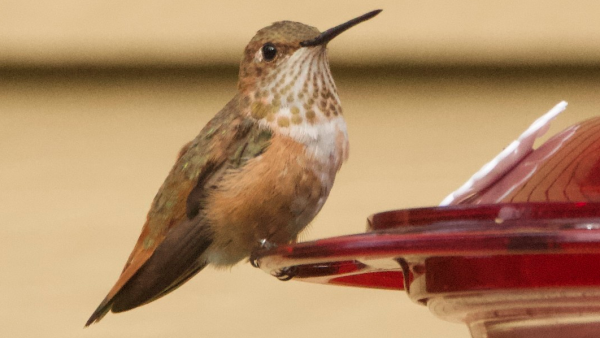
Such passions helped him set a goal of documenting 300 species of birds in 2021, all within Michigan’s borders, a benchmark he exceeded by finding 311 varieties. Keller doesn’t know exactly how far he drove to accomplish that feat, although he estimates he traveled more than 5,000 miles just in trips to Whitefish Point, an area on Lake Superior near Paradise, Michigan, in the Upper Peninsula, more than 350 miles from Kalamazoo.
“It amazes me when I think about how high gas prices are right now, but I’m driving every weekend,” Keller said. “I’m often either in Holland or St. Joseph. Then, if I’m not at Whitefish Point, I’ll sometimes end up on the east side of the state. If I’m chasing a specific bird, I might even end up in Marquette County. On Thanksgiving in 2020, my buddy and I drove from Kalamazoo to Copper Harbor, which is at the very tip of the Keweenaw Peninsula so we could find a Cassin’s finch.”
If driving about 600 miles to Copper Harbor seems random, you might be surprised. There’s a strategy to birding through a Big Year that begins with a list of birds that can commonly be spotted in Michigan. Along with those, it’s important to know the migrant varieties that pass through the state.
“You get about 295 to 300 birds you know you’ll see if you’re birding every weekend and maybe a little during the week,” Keller said. “Then there’s a range of about 40 to 45 birds that are not Michigan resident birds. They don’t breed here and they don’t regularly migrate here. They only show up in Michigan as vagrants, and to be really competitive in a Big Year, you need to make sure you’re getting a large portion of those potential vagrants.”
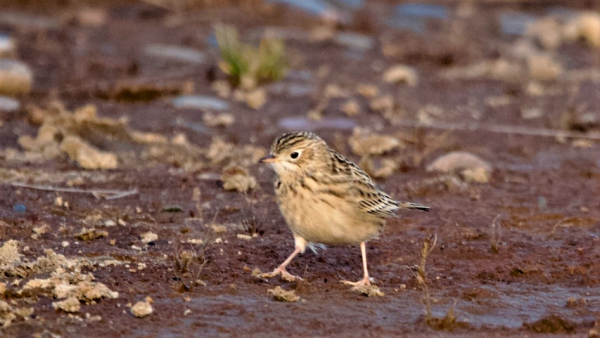
Some of those vagrants stop in areas known as migrant traps.
“It’s not necessarily that the habitat in a migrant trap makes it really good for birds, but it’s the only good habitat for a three- or four-mile radius around it, especially if it’s less than 100 acres,” Keller said. “What you get then is a high concentration of these migrant birds.”
The best migrant trap for Keller is Tiscornia Park at the St. Joseph River with Benton Harbor to the north and the city of St. Joseph to the south. Thanks to its geography, the area attracts water birds and birds that migrate south. He also closely watches areas such as the Muskegon Wastewater Treatment Plant, which has a large lake and an unimpeded shoreline.
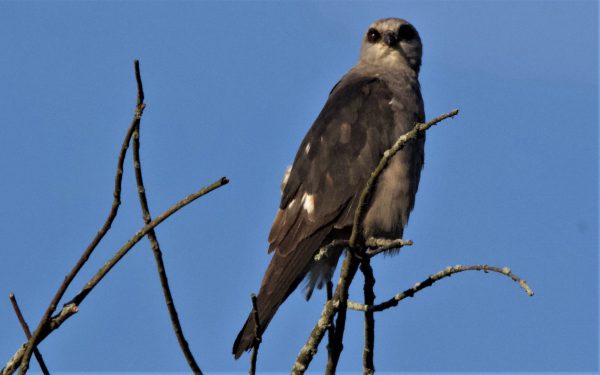
For even rarer birds, Keller relies on modern technology, especially eBird, an app that aggregates information and sends alerts on what birds are being found by spotters, when and where. If Keller believes a spotter is reputable, he will drive to a bird’s reported location to find it.

Such tools and strategies allowed Keller to find birds from an ash-throated fly catcher to a Roseate spoonbill in numbers from one to 60 across the state including some species that are rare in Michigan.
“I was surprised that I reached my goal of 300 so quickly in early September,” Keller said. “I had a lot of time after that to focus on a few of the rarer birds. In October, I was birding with some friends at Holland State Park in this campground, and we came across a bird that we first thought was a late orchard oriole, which was cool in its own right, because it really shouldn’t be here past August. And then we followed it around to get better looks at it, and it actually turned out to be a western tanager, which really doesn’t belong within 500 miles of here. It’s not a mind-boggling record, but it’s something I didn’t expect to find. It’s fair to say I just happened to be in the right place at the right time to find one of the biggest highlights of the year.”
Keller will present his findings to the Audubon Society of Kalamazoo at 7:30 p.m. Monday, February 28.
“I’m going to go through some birds that I stumbled across, some birds that I chased and some epic stories of driving six hours at a time, covering 450 miles,” Keller said. “I think there are even some funny stories of ways that I’ve hurt myself in 2021, so it’s going to be interesting.”

